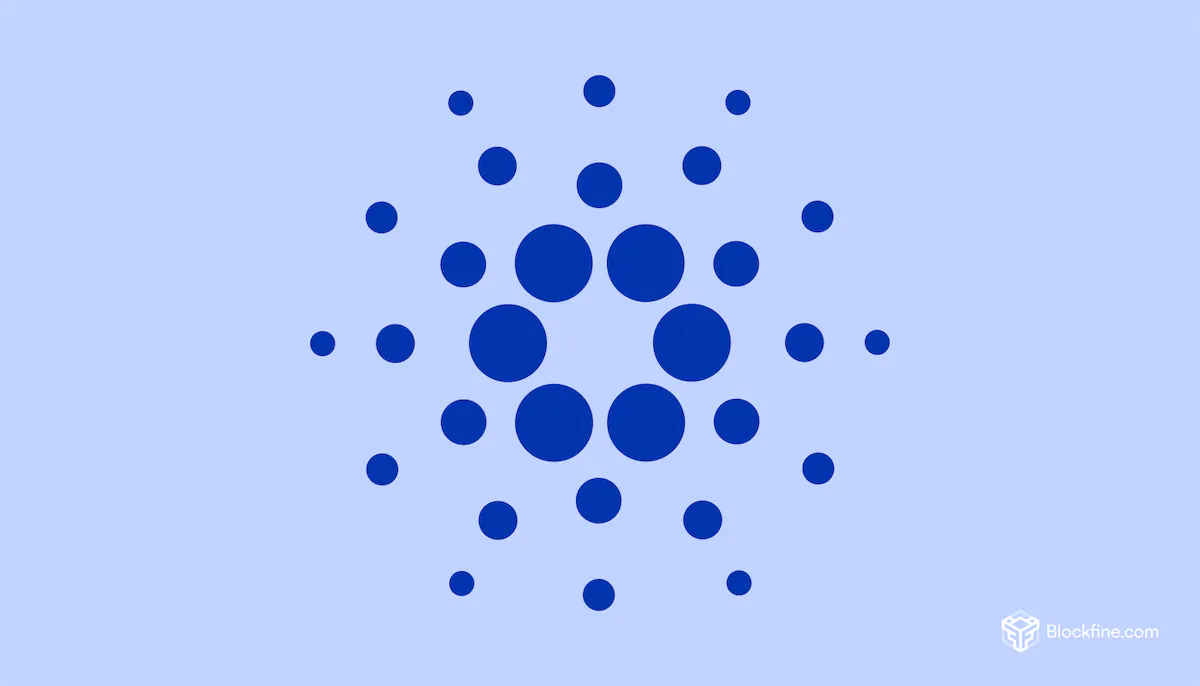Cardano (ADA) is a decentralized, open-source blockchain platform that stands out in the cryptocurrency space for its scientific, research-driven approach. Founded in 2015 by Charles Hoskinson, a co-founder of Ethereum, Cardano aims to provide a more balanced and sustainable ecosystem for cryptocurrencies. This article provides an in-depth overview of Cardano, discussing its key features, history, uses, and future prospects.
What is Cardano?
Cardano is a third-generation blockchain platform that aims to overcome the limitations of first and second-generation blockchains, such as Bitcoin and Ethereum. It was designed to offer a more secure and scalable environment for the development of decentralized applications (dApps) and smart contracts. Cardano’s native cryptocurrency, ADA, is named after Ada Lovelace, a 19th-century mathematician recognized as the first computer programmer.
Cardano differentiates itself by being one of the first blockchains to be built on peer-reviewed research and developed through evidence-based methods. Its unique approach involves a layered architecture, allowing for more flexibility and scalability.
Key Features of Cardano
Proof of Stake (PoS) and Ouroboros
Cardano operates on a Proof of Stake (PoS) consensus mechanism called Ouroboros, which is more energy-efficient than the Proof of Work (PoW) systems used by Bitcoin. In PoS, validators are chosen to create new blocks based on the number of ADA coins they hold and are willing to “stake” as collateral. This system not only secures the network but also rewards participants with additional ADA for their contribution.
Layered Architecture
Cardano’s blockchain is structured into two main layers: the Cardano Settlement Layer (CSL) and the Cardano Computation Layer (CCL). The CSL is responsible for handling transactions involving ADA, ensuring secure and quick transfers. The CCL, on the other hand, supports the execution of smart contracts and dApps, offering flexibility and the ability to update the system without disrupting the transaction layer.
Smart Contracts and dApps
Smart contracts on Cardano were introduced with the Alonzo upgrade in 2021. These self-executing contracts are designed to automatically enforce agreements when predefined conditions are met, eliminating the need for intermediaries. This capability allows developers to build decentralized applications on the Cardano platform, ranging from financial services to supply chain management.
Sustainability and Environmental Focus
One of the defining features of Cardano is its commitment to sustainability. Unlike PoW systems, which require vast amounts of energy, Cardano’s PoS system is much more energy-efficient. This green approach is increasingly important as the environmental impact of cryptocurrencies becomes a significant concern.
Governance and Community Participation
Cardano incorporates a governance model where ADA holders can participate in decision-making processes related to protocol updates and developments. This decentralized governance ensures that the platform evolves according to the community’s needs and desires, maintaining its decentralized nature.
History and Development Phases
Cardano’s development is organized into five distinct phases, each focusing on specific aspects of the blockchain’s functionality:
- Byron (Foundation Era): The initial phase focused on establishing the basic functionalities of the Cardano network, such as the launch of the ADA cryptocurrency and the setup of the Daedalus wallet.
- Shelley (Decentralization Era): This phase marked the transition from a federated network to a decentralized one, allowing more users to participate in the network as validators.
- Goguen (Smart Contracts Era): The Goguen phase introduced smart contracts, enabling developers to build dApps on Cardano.
- Basho (Scaling Era): The current phase focuses on improving the scalability and interoperability of the network, making it more efficient and capable of handling a larger volume of transactions.
- Voltaire (Governance Era): The final phase will introduce a fully decentralized governance model, allowing ADA holders to vote on network improvements and fund community proposals.
Use Cases and Applications
Cardano is designed to be a versatile platform with a wide range of use cases:
- Financial Services: Cardano enables the creation of decentralized financial products, offering lower costs and increased accessibility compared to traditional financial systems.
- Identity Management: Projects like Atala PRISM leverage Cardano’s blockchain to provide secure and verifiable digital identities.
- Supply Chain Management: Cardano’s transparency and security features make it ideal for tracking goods and verifying their origins in supply chains.
- Education: Cardano has been used in educational initiatives, such as providing blockchain-based credentials for students in Ethiopia.
The Future of Cardano
Cardano’s future looks promising, with ongoing developments aimed at enhancing its scalability, governance, and interoperability. The platform’s focus on sustainability and its research-driven approach continue to attract interest from both developers and investors. As more dApps are built on Cardano and more real-world use cases are implemented, ADA’s role in the cryptocurrency market is expected to grow.
Conclusion
Cardano (ADA) stands out in the cryptocurrency space due to its unique approach, which combines rigorous research with a commitment to sustainability and scalability. With its layered architecture, PoS consensus mechanism, and growing ecosystem of dApps, Cardano is well-positioned to play a significant role in the future of decentralized technology. Whether you’re a developer, investor, or simply interested in the evolution of blockchain technology, Cardano offers a compelling vision of what the future might hold.
